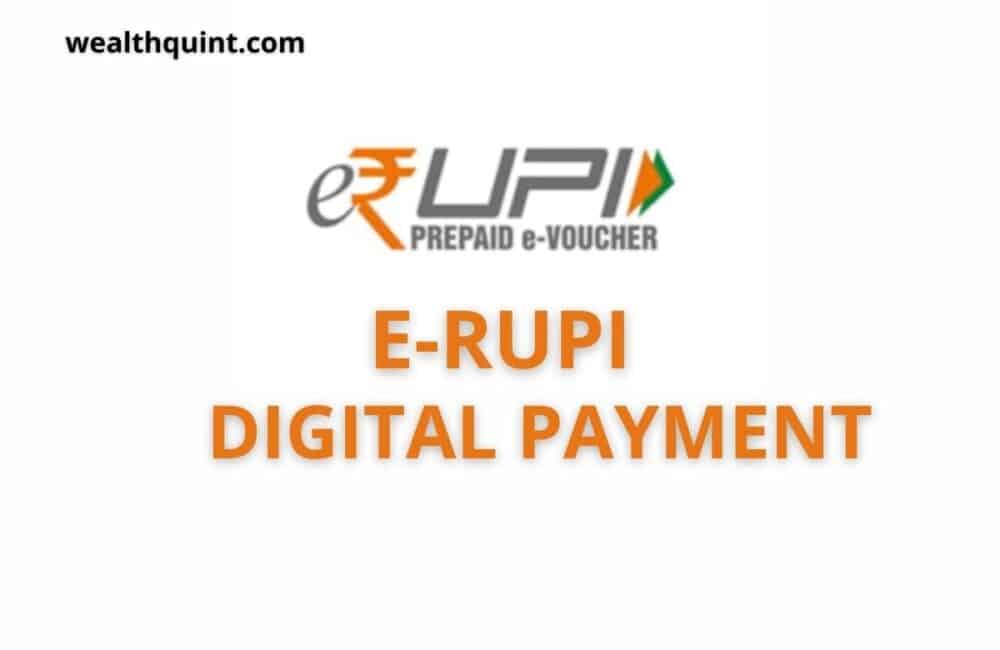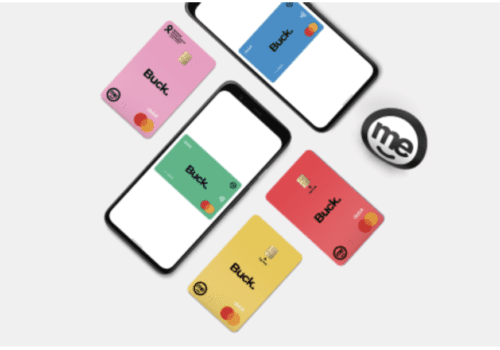Prime Minister Narendra Modi launched the e-RUPI digital voucher program, which has the potential to revolutionize how Indians transact with and pay for government services, enhancing the country’s fast-growing fintech industry. In collaboration with the Department of Financial Services, the Ministry of Health and Family Welfare, and the National Health Authority of India, the National Payment Corporation of India (NPCI) developed a one-time payment system. e-RUPI digital payments marked the beginning of India’s move towards a stronger digital money transactional system.
What Is E-RUPI?
e-RUPI (electronic voucher-based digital payment system) is a voucher that is sent to a beneficiary in the form of an SMS or QR code. A user can redeem his/her voucher at any location where the voucher is accepted, as it is a pre-paid voucher. The e-RUPI gives users the ability to make a one-time contactless, cashless payment by redeemed vouchers without requiring them to have a credit card, digital wallet, or internet banking access.
How Does E-RUPI Work?
e-RUPI coupons will be presented to recipients as QR codes and text messages and will be used to transfer cash directly to their bank accounts. Using their partner banks as a means of production, any government agency or company can create e-RUPI vouchers, which are then distributed.
As part of the transaction, the beneficiary will present the retailer with a QR code or SMS message, which will be scanned, and a verification code will be sent to the beneficiary’s mobile phone. Upon successful completion of the transaction, the merchant must provide the code from the latter party.
How Will E-RUPI Vouchers Be Issued?
Government agencies and companies can create e-RUPI vouchers through their bank. 11 banks are partnered with NPCI to provide e-RUPI. Indian Bank, Bank of Baroda, HDFC Bank, Canara Bank, IndusInd Bank, ICICI Bank, Punjab National Bank, Kotak Mahindra Bank, and State Bank of India.
E-RUPI is expected to be adopted by more banks and acquire apps soon.
Use Cases Of E-RUPI
In the first phase, NPCI is partnering up with 1,600 hospitals where the e-RUPI can be redeemed.
e-RUPI is expected to gain popularity in the coming days, including during the delivery of employee benefits in the private sector. MSMEs are also expected to adopt it for Business to Business (B2B) transactions.
e-RUPI can expand from the delivery of a range of welfare subsidies, including education, ration, medical care, and fertilizers, to the delivery of relief to victims of natural disasters by government, non-profit and corporate entities.
Is E-RUPI A Cryptocurrency?
This is not a cryptocurrency, but rather a more digitized form of payment. Customers can complete entire transactions using their cell phones without transferring money in a traditional sense.
Significance Of E-RUPI
It is significant because it serves as a digital payment platform that allows citizens to make digital payments without any difficulty since it is cashless and contactless. These payments can be made securely through this payment platform. Making payments will be simple and secure since users will not need to carry cards or mobile apps, or have access to internet banking to complete the transaction.
The e-RUPI Digital vouchers are regarded as being very effective because it uses vouchers as payment. Payments are considered quite secure since it is a voucher-based system. A virtual currency cannot be considered an underlying asset since its purpose and nature is specific.
Benefits Of E-RUPI
Benefits For Corporate And Hospitals:
The e-RUPI system proves to be extremely beneficial for corporate and hospitals, according to the NPCI website. Corporations can provide well-being vouchers to their employees. Due to this voucher’s digital issuance, the entire process can be managed electronically. The technology is secure and contactless. This method of payment is convenient for hospitals. A verification code is used for authorization. A few steps are required to redeem e-RUPI compared to a credit card.
Benefits For Consumers Include:
- Bank accounts are not required.
- No personal information is required from the beneficiary.
- The redemption process involves two steps.
- The voucher is entirely digital, so customers do not need to print it out.
Bank Live With E-RUPI
In its current form, e-RUPI is offered by 11 banks. These banks are as under:
- Bank of Baroda
- Canara Bank
- Axis Bank
- HDFC Bank
- ICICI Bank
- Indian Bank
- Kotak Bank
- Punjab National Bank
- State Bank of India
- Union Bank
- Indusind Bank
Application Of E-RUPI
The government will provide many services through e-RUPI in the country. Additionally, leak-proofing wellness services can also be accomplished using it. Fertilizer subsidies, TB eradication programs, Mother and Child Welfare Schemes, Ayushman Bharat, and PMO schemes can all be distributed leak-proof via e-RUPI. The government has also discussed giving this voucher benefit to private sector employees and corporations as well.
Frequently Asked Questions
How Are E-RUPI And SMS Interconnected?
You will receive the e-voucher as a text message. All you have to do now is click on the SMS link to redeem the coupon.
How Can E-RUPI Be Used?
People with an allotted e-RUPI voucher can utilize them in hospitals, etc. In addition to fertilizer subsidies, Ayushman Bharat, and Pradhan Mantri Jan Arogya Yojna, the government can use this system in many other areas.
Are E-RUPI Vouchers Redeemable Anywhere?
Health-related payments can be made with e-RUPI vouchers. Furthermore, corporations can issue their employees e-RUPI vouchers.



